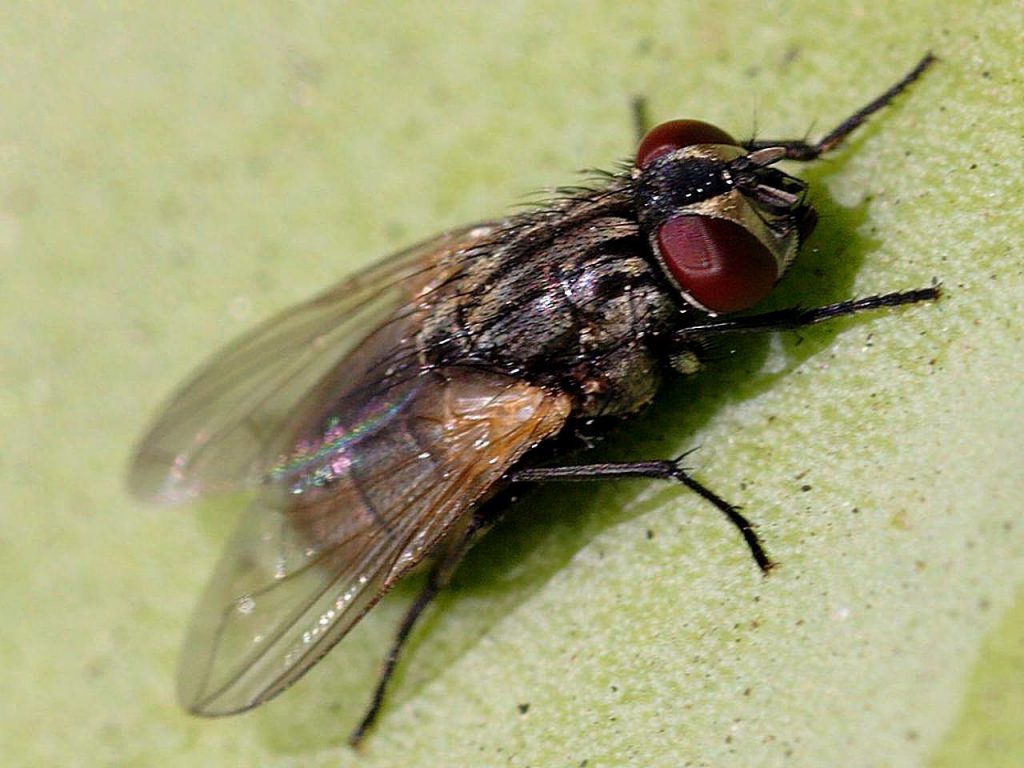Most fly species live for less than a year. They live through the winter as eggs, others manage as pupae, and very few survive as larvae or adults. Unless they hibernate, adult flies don’t live very long, especially during the winter. Most often, an adult fly will live for a month or two, with some living less than a few days or weeks. Most of the species will spend the majority of their lives as larva or a pupa.
The smallest fly in the world is the Euryplatea nanaknihali. It can grow up to 0.4 millimeters, or 0.016 inches, which makes it smaller than a grain of salt. Flies have evolved for aerial movement, which is why they have short and streamlined bodies.

Unlike other insects, they only have one pair of wings. The second pair has evolved into advanced mechanosensory organs known as “halteres,” that act as high speed sensors of rotational movement, which allows them to perform advanced aerobatics.
The flies compound eyes allow it to see almost 360 degrees at once.Their wing arrangement gives them amazing maneuverability during flight. They also have claws and pads on their feet that allow them to cling to a smooth surface.















